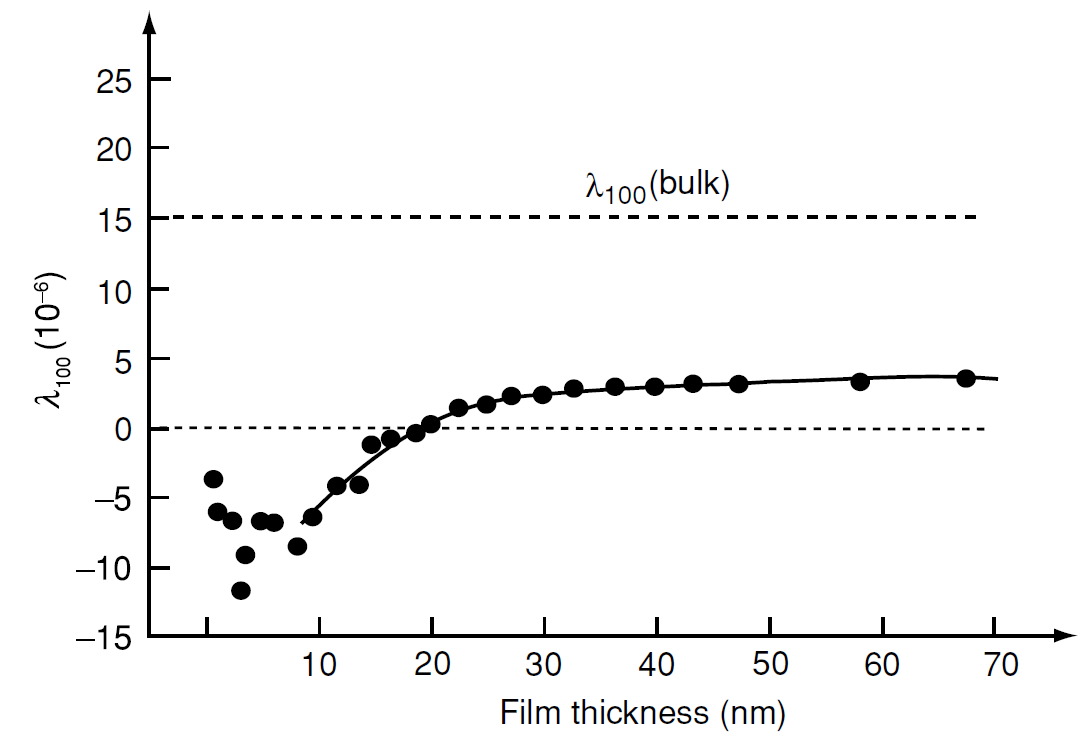
تاريخ الفيزياء

علماء الفيزياء


الفيزياء الكلاسيكية

الميكانيك

الديناميكا الحرارية


الكهربائية والمغناطيسية

الكهربائية

المغناطيسية

الكهرومغناطيسية


علم البصريات

تاريخ علم البصريات

الضوء

مواضيع عامة في علم البصريات

الصوت


الفيزياء الحديثة


النظرية النسبية

النظرية النسبية الخاصة

النظرية النسبية العامة

مواضيع عامة في النظرية النسبية

ميكانيكا الكم

الفيزياء الذرية

الفيزياء الجزيئية


الفيزياء النووية

مواضيع عامة في الفيزياء النووية

النشاط الاشعاعي


فيزياء الحالة الصلبة

الموصلات

أشباه الموصلات

العوازل

مواضيع عامة في الفيزياء الصلبة

فيزياء الجوامد


الليزر

أنواع الليزر

بعض تطبيقات الليزر

مواضيع عامة في الليزر


علم الفلك

تاريخ وعلماء علم الفلك

الثقوب السوداء


المجموعة الشمسية

الشمس

كوكب عطارد

كوكب الزهرة

كوكب الأرض

كوكب المريخ

كوكب المشتري

كوكب زحل

كوكب أورانوس

كوكب نبتون

كوكب بلوتو

القمر

كواكب ومواضيع اخرى

مواضيع عامة في علم الفلك

النجوم

البلازما

الألكترونيات

خواص المادة


الطاقة البديلة

الطاقة الشمسية

مواضيع عامة في الطاقة البديلة

المد والجزر

فيزياء الجسيمات


الفيزياء والعلوم الأخرى

الفيزياء الكيميائية

الفيزياء الرياضية

الفيزياء الحيوية

الفيزياء العامة


مواضيع عامة في الفيزياء

تجارب فيزيائية

مصطلحات وتعاريف فيزيائية

وحدات القياس الفيزيائية

طرائف الفيزياء

مواضيع اخرى
Thin films
المؤلف:
J. M. D. COEY
المصدر:
Magnetism and Magnetic Materials
الجزء والصفحة:
269
27-2-2021
1423
Thin films
The intrinsic magnetic properties – magnetization, Curie point, anisotropy, magnetostriction – may differ appreciably in thin films and bulk material. As an example, the magnetostriction of iron, shown in Fig. 1, changes sign at a film thickness of 20 nm, and it approaches the bulk value only in films a few tens of nanometres thick. Many of these differences result from the special environments of surface and interface atoms, and the strain induced by the substrate. The lattice parameters of a perfectly relaxed film will differ from those of the bulk. In 3d metal films, the separation of the surface planes tends to be a few per cent greater than in the bulk. Surface atoms are missing some of their neighbours, so their vibrational amplitude is enhanced and exchange

Figure 1: Magnetostriction of iron as a function of film thickness – an example of how physical properties change in the nanoworld.
interactions are weakened. The bands are narrower at the surface, and the local density of states and the local magnetic moments may be enhanced. These effects are limited to the first one or two monolayers. Sometimes, the substrate influences the electronic structure and magnetic moment of the first atomic layers at the interface.
Clean surfaces can only survive in ultrahigh vacuum. On exposure to air, they are instantly covered by a layer of adsorbed gas, which modifies their electronic and magnetic properties.Amonolayer forms in a matter of minutes in a vacuum of 10−5 Pa. These effects are sensitive to crystallographic orientation, and whether it is a single-crystal or a polycrystalline film. A cap layer serves to protect an underlying film from these effects.
Magnetic films with thicknesses ranging from a single monolayer to upwards of 100 nm may be grown on crystalline or amorphous substrates by a variety of physical or chemical methods. An epitaxial singlecrystal film is one that grows in perfect atomic register with a single-crystal substrate. An oriented film has one specific crystal axis oriented perpendicular to the substrate. The region of the film near the interface may be highly strained if there is a difference in lattice parameters between film and substrate. The compressive or expansive biaxial strain is accompanied by a strain of opposite sign in the direction normal to the substrate. Excess strain is relaxed in thicker films by atomic-scale dislocations as the film eventually adopts its equilibrium lattice parameters far from the substrate. When the lattice mismatch is too great (>4%), or if the substrate is amorphous (e.g. glass) it has less ability to dictate the structure of the film growing on it. Substrates can be chosen to influence the crystallographic or magnetic texture of the film directly, or else a thin seed layer can be deposited first to do the job.
Epitaxial films may even have a different crystal structure to bulk material. For example, iron grown on copper (100) is fcc, whereas bulk iron is bcc. There is great scope to manipulate the structure and lattice parameters of solids in thin-film form, by suitable choice of substrate and preparation conditions.